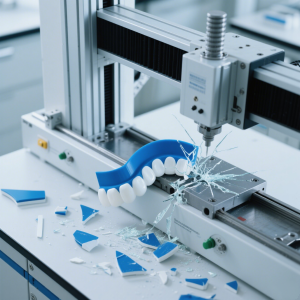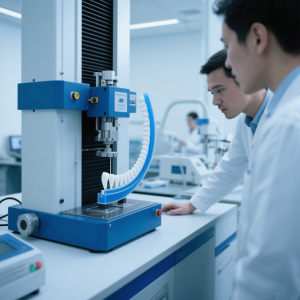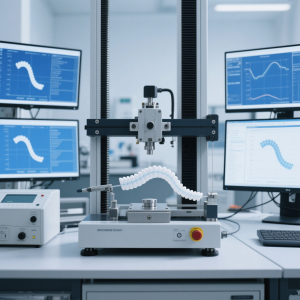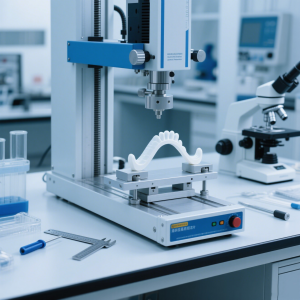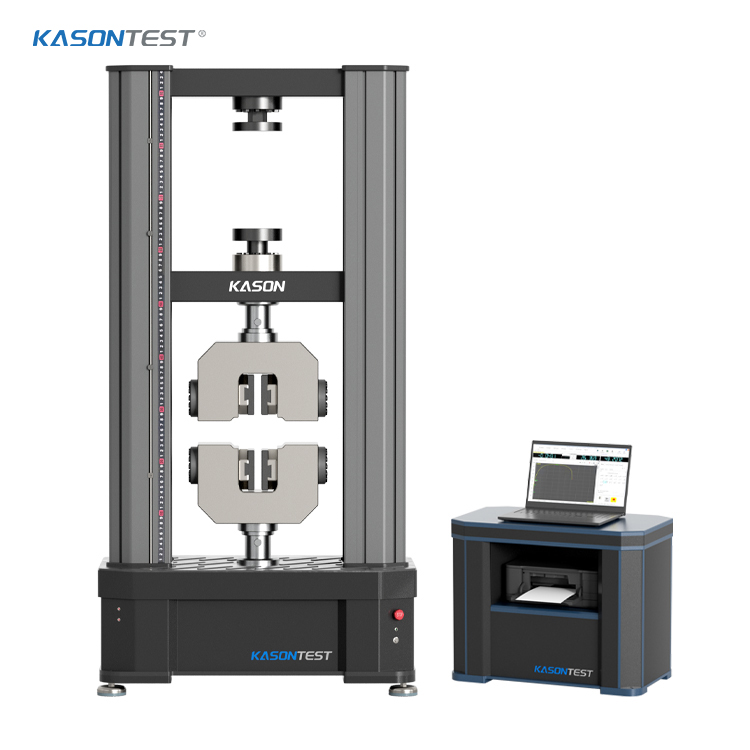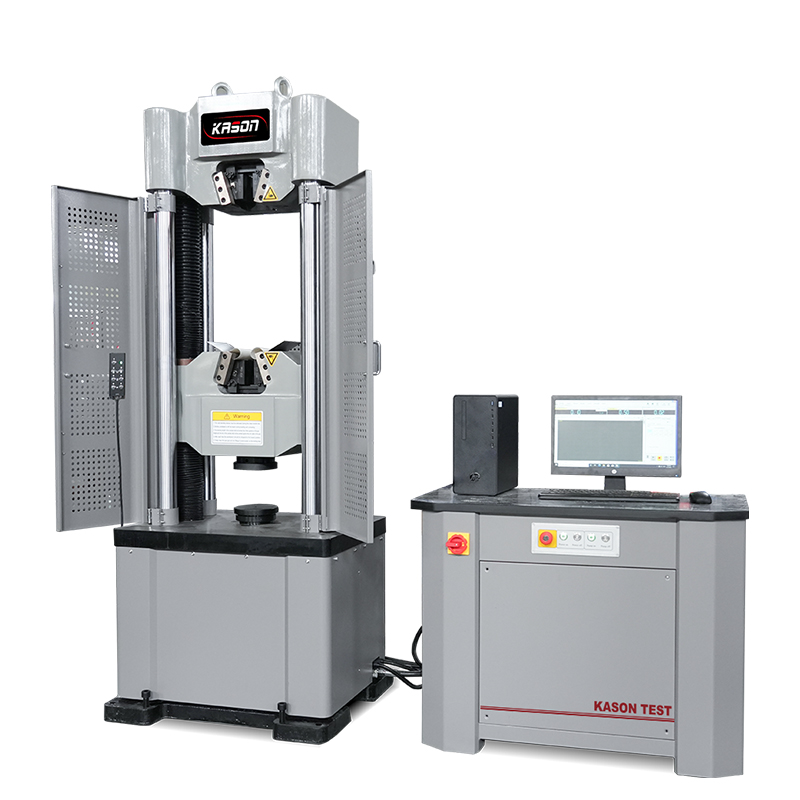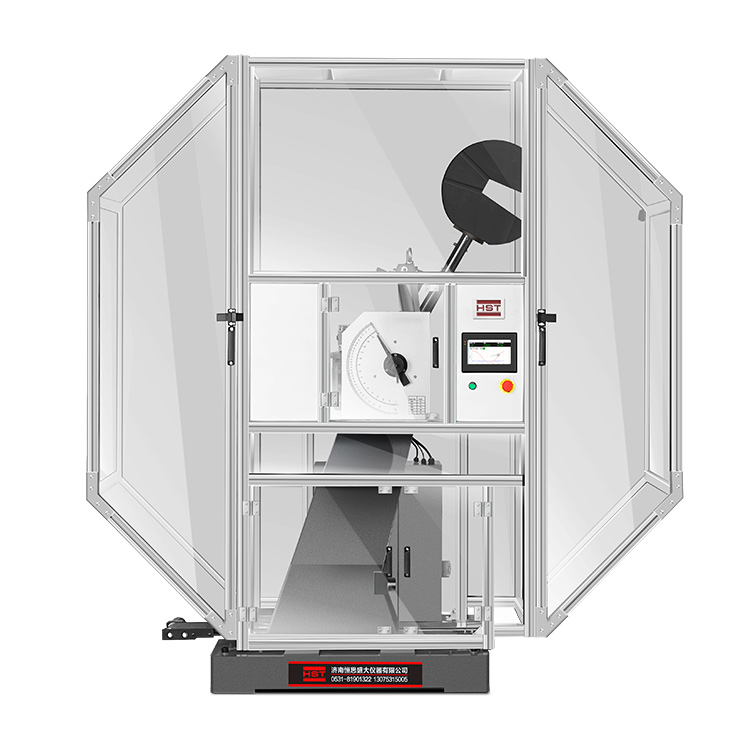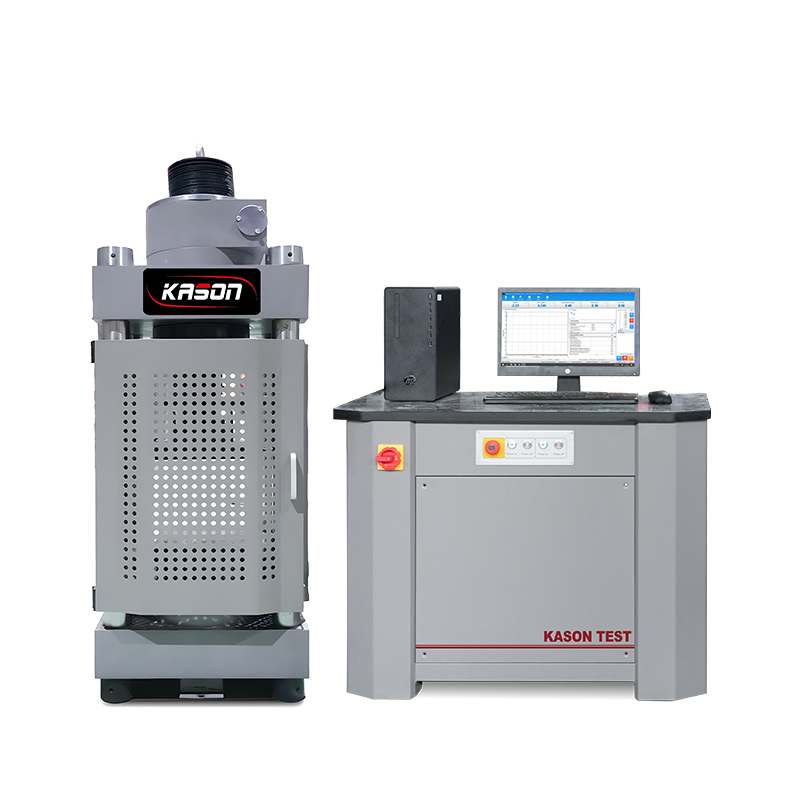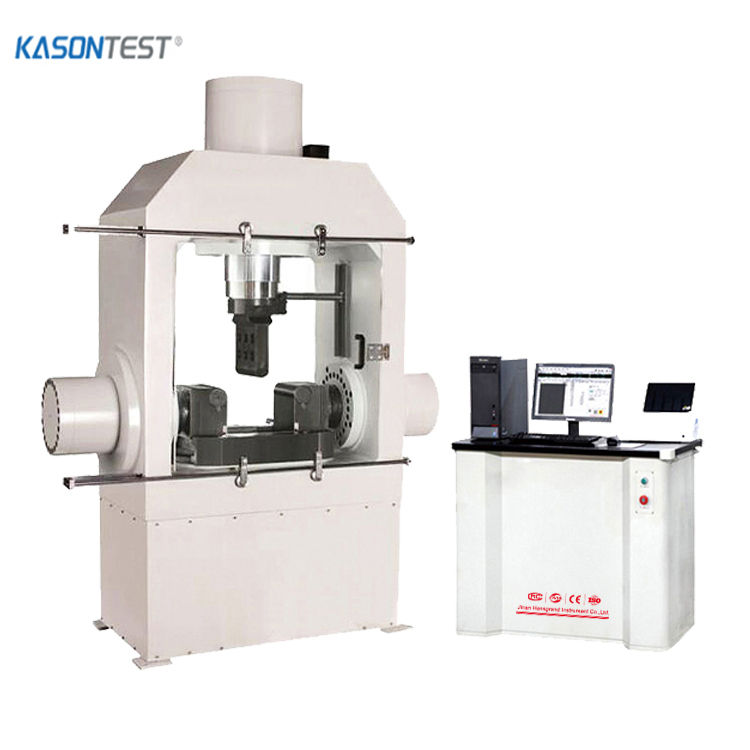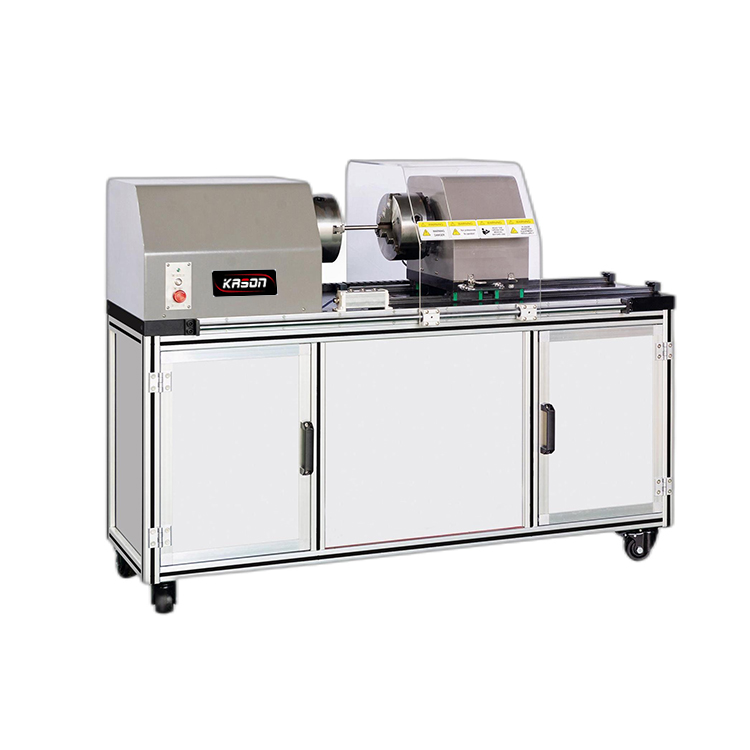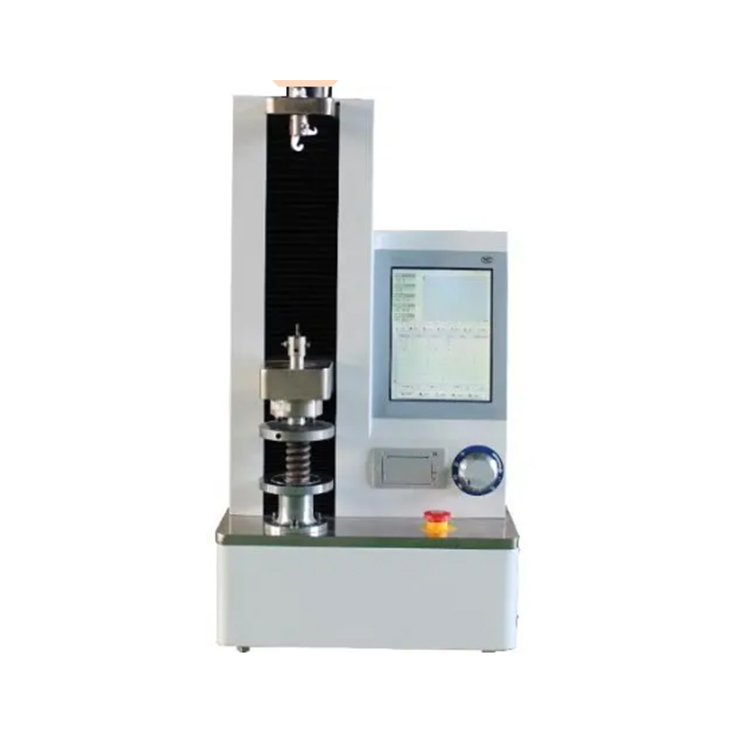ISO 20795-1 and 20795-2 Flexure Test of Base Polymers
Dental restorative and prosthodontics materials experience stresses caused by mastication action once they are in the mouth. Each dental material may respond to the stresses differently and in some cases, deformation can occur. For example, the porcelain portion of the dental crown can chip or break off while biting down on hard food. Therefore, evaluating the mechanical properties of dental materials can be useful to establish their functions and predict the long-term clinical performance.
ISO 20795 Dentistry – Base Polymers Part 1: Denture-Base Polymers and Part 2: Orthodontic-Base Polymers specify the requirements for denture and orthodontic base polymers and copolymers used in dental applications. Test methods that are used to determine compliance with these requirements are also specified in the standards. One of the tests is the three-point flexure test, which measures the ultimate flexure strength and modulus of the polymers using 3.2 mm diameter anvils placed 50 mm apart. For instance, in accordance to ISO 20795-1, dental cements of type 1, 3, 4, and 5 should have minimum ultimate flexure strength of 65 MPa for at least 4 out of 5 tested specimens.
To meet the requirements of ISO 20795-1, we used a custom 3-point flexure fixture with a temperature-controlled bath. The temperature of the specimen was maintained at 37° C (±1°) to simulate in-vivo conditions.
